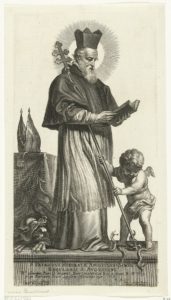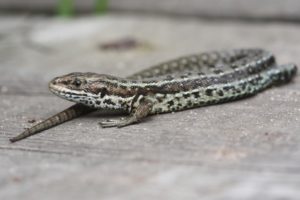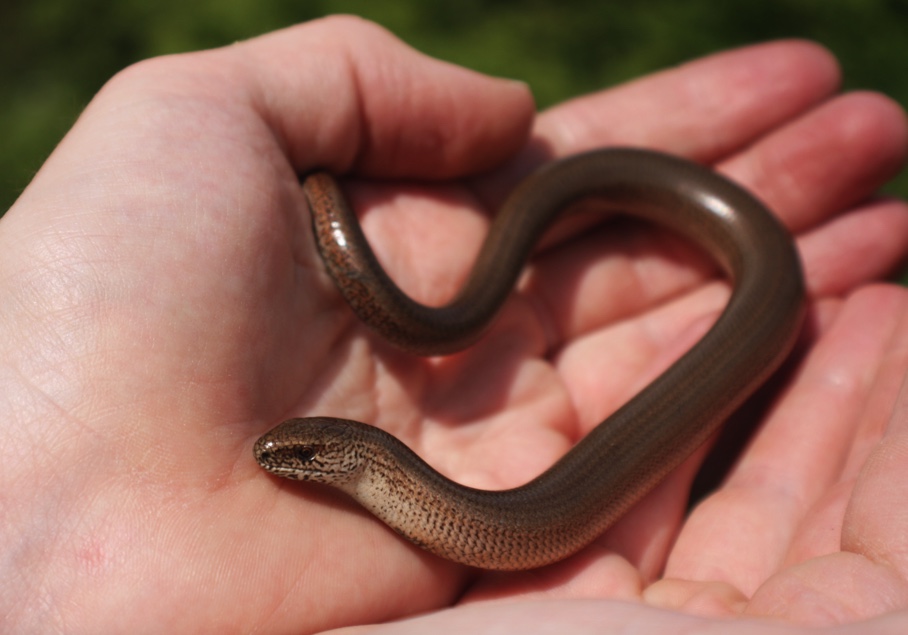It’s St. Patrick’s Day, time to drink green beer and revive the story that St. Patrick drove all the snakes out of Ireland. While green beer is real, that story about snakes isn’t.
St. Patrick is the principal patron saint of Ireland. Living in the late 1400s, he is considered the founder of Christianity in Ireland. While on a 40-day fast on the top of a hill, he was purportedly attacked by snakes, so he drove them all off a cliff and into the sea.

With apologies to my Irish friends, that’s just not true. Ireland has never had any snakes, at least not in modern times. No fossil evidence exists that snakes ever existed on the island, and certainly none have been there during the period of human habitation.
During the last ice age, the environment of the entire northern European continent was too cold for any reptiles. When the glaciers melted, both England and Ireland were connected to Europe by a land bridge, which allowed many species to re-colonize the islands. Species like bears, wild boars and lynx made it back to both islands, and three snake species even made it to England.
But the land bridge between England and Ireland went underwater relatively quickly, ending any continued easy invasion of Ireland by land animals. One reptile, the common lizard, did make it to Ireland, but no others ever did. Including no snakes. Ever.

Well, at least nature never managed to get any snakes to Ireland. Humans, however, are another story. During the surge in the Irish economy during the end of the last century, wealthy Irish folks began to import exotic snakes as a symbol of their wealth. When the economy tanked more recently, many of those pets were abandoned. One good Irish mother took her unemployed son back into her home. “Of course I’ll take you back home,” she said, “but I’m not taking your boa constructor.”
Today, on occasion, a slithering remnant of better times shows up in the usual places—in abandoned houses, along the roadside, in a trash bin. Ireland has no regulations requiring the registry of exotic pets like reptiles, so no one knows for sure how many or what kind of reptiles exist in the country.
One non-native lizard species, the slow worm, has established itself. It was probably introduced purposely in western Ireland in the 1960s and lives in one location in County Clare. It is legless and is sometimes mistaken for a snake. But it isn’t.

Although the story of invasive snakes isn’t as serious in Ireland as it is in southern Florida, for example, this is another story of how humans can bring about the invasion of non-native species, some of which can wreak havoc on native biodiversity.
St. Patrick spawned a couple of other myths that relate to nature. He is supposedly responsible for making the shamrock a symbol of the country by using it as a metaphor for the idea of the Christian god existing as a triune god—three in one, just like the three leaflets of the common shamrock. St. Patrick used an ash walking stick, which he stuck in the ground while he spoke with a group of listeners. He was known for long sermons, and once, it is said, he spoke so long that his walking stick grew roots and sprouted branches, becoming a living tree.
References:
Chozick, Amy. 2013. Boom Over, St. Patrick’s Isle Is Slithering Again. New York Times, Marcy 15, 2013. Available at: http://www.nytimes.com/2013/03/16/world/europe/boom-over-st-patricks-isle-is-slithering-again.html. Accessed March 15, 2018.
Fecht, Sarah. 2015. Why Doesn’t Ireland Have Snakes? Popular Science, March 17, 2015. Available at: https://www.popsci.com/why-doesnt-ireland-have-snakes. Accessed March 15, 2018.
Ireland Calling. Top myths and legends about St Patrick. Available at: http://ireland-calling.com/st-patrick-myths-and-legends/. Accessed March 15, 2018.
Owen, James. 2008. Snakeless in Ireland: Blame Ice Age, Not St. Patrick. National Georgraphic News, March 13, 2008. Available at: https://news.nationalgeographic.com/news/2008/03/080313-snakes-ireland.html. Accessed March 15, 2018.
